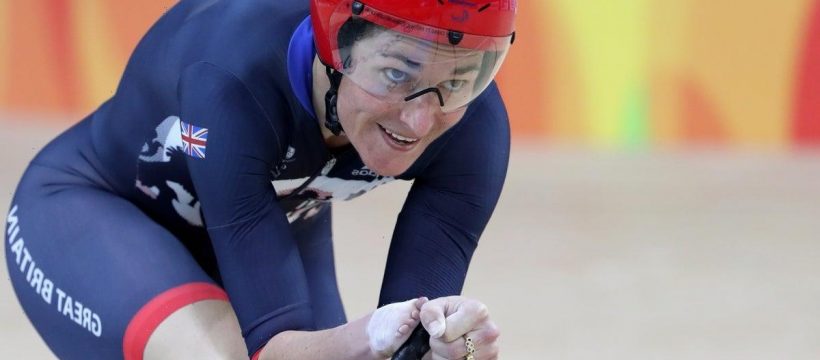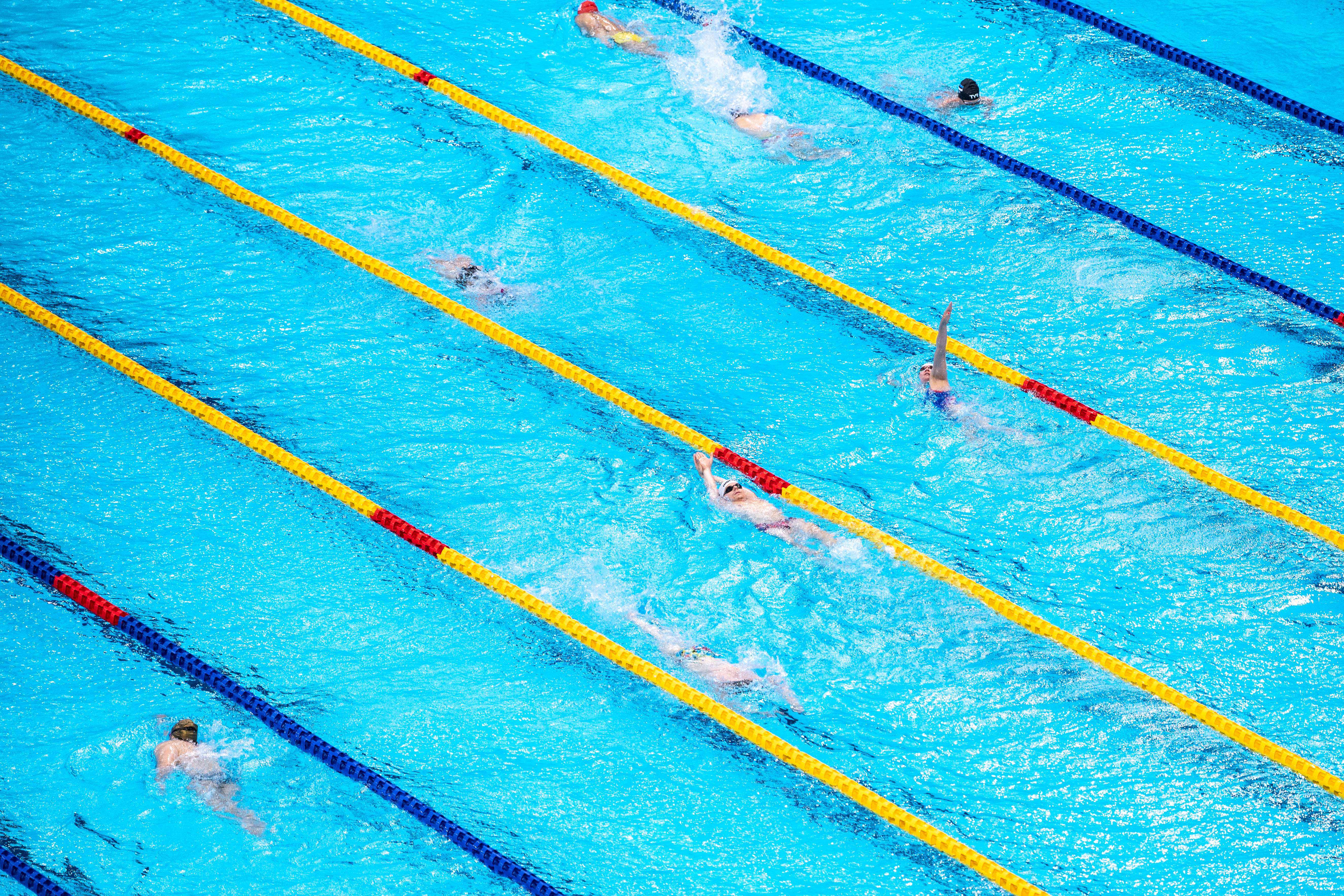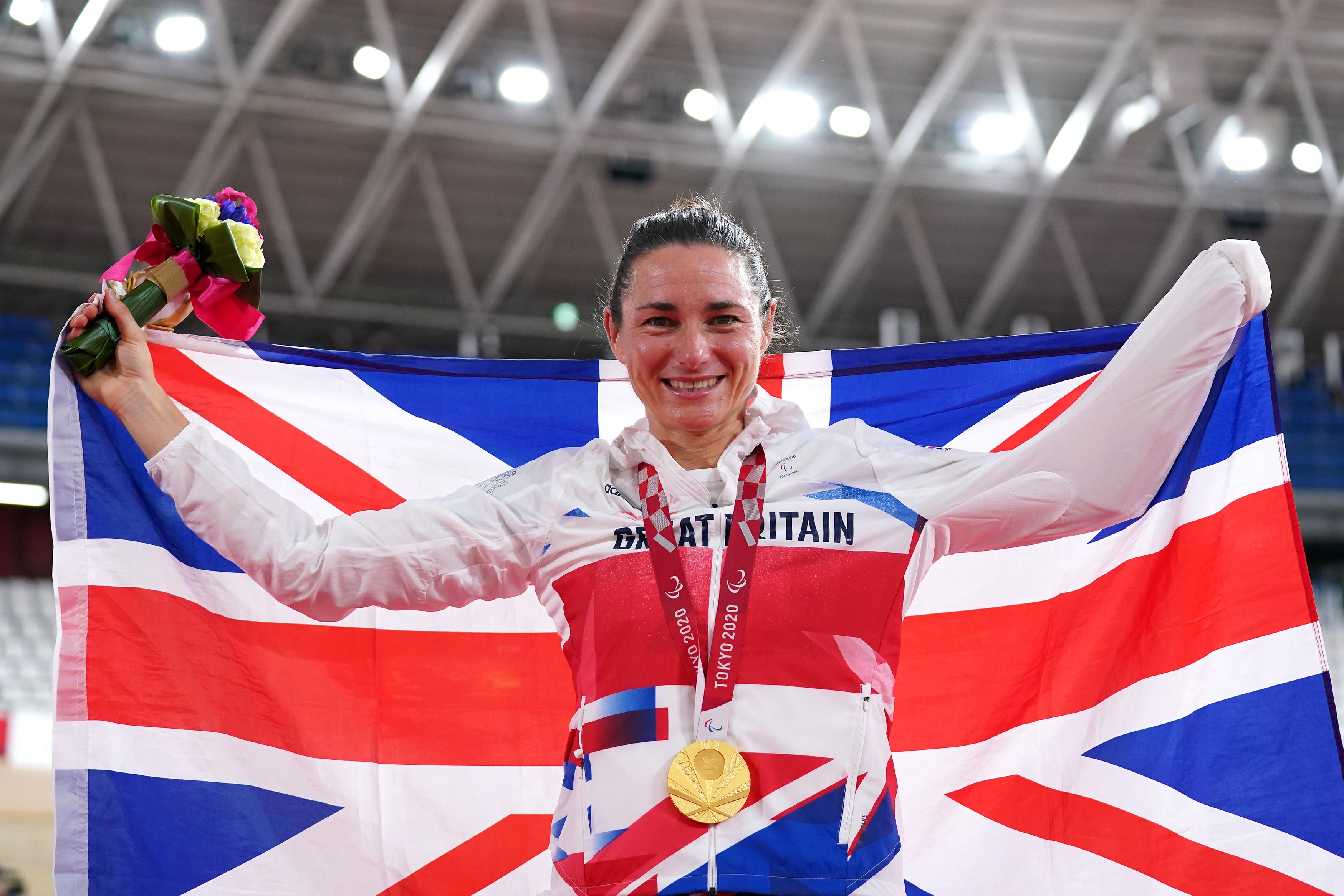Great Britain’s Sarah Storey is competing in the C5 individual pursuit, C5 time trial and C4-5 road race events in Tokyo
The Paralympic Games begin in Tokyo following the opening ceremony at the Olympic Stadium on 24 August, with 10 days of sporting competition scheduled through to 3 September.
The para cycling events will be taking place from 25 August, starting with the track cycling at the Izu Velodrome. The road cycling begins on 31 August at the Fuji International Speedway.
Para cycling features four classes, with three different class for athletes with physical impairments and a separate class for those with a vision impairment.
Athletes with physical impairments either compete on handcycles, tricycles or bicycles while athletes with a vision impairment compete on tandems with a sighted ‘pilot’.
The codes used to display the classification is made up by a letter, which indicates the class, and a number, which represents the level of limitation. A lower number indicates a more severe level of limitation.
Recommended
Cycling sport classes: C1-C5 – Athletes who are able to use a standard bicycle (with approved adaptations) compete in the five sport classes C1-5. The sport class profiles include athletes with limb deficiency, impaired muscle power or range of motion and impairments affecting co-ordination, such as uncoordinated movements and involuntary movements. Sport class C1 is allocated to athletes with the most severe activity limitation, while the sport class C5 is allocated to athletes with minimum impairments.
For example, cyclists with a double below-the-knee amputation who use a prosthesis are likely to compete in the sport class C3, while an athlete with a below knee amputation and a prosthesis on one leg would compete in the sport class C4.
Handcycle sport classes: H1-H5 – There are five different sport classes for handcycle, and lower numbers indicate a more severe activity limitation. Athletes classified in handcycle classes H1-4 compete on a hand bike where a reclining position is mandatory. Athletes competing in the H1 class do not have any trunk and leg function and have limited arm function, e.g. because of spinal-cord injuries. Athletes in the H4 class have no leg function but good trunk and arm function. Athletes classified in the Handcycle class H5 compete from a kneeling position (HK) and can thus use their arms and trunk to accelerate the handcycle. Athletes in this sport class might have leg amputations, paraplegia or mild to moderate involuntary movements or uncoordinated movements.
Tricycle sport classes: T1, T2 – Tricycle athletes are divided into two classes, T1 and T2. Athletes in the Tricycle division are unable to ride a bicycle due to lack of balance and/or restriction in pedalling due to muscle tension, uncoordinated movements or involuntary movements. The sport class T1 is allocated to athletes with more significant balance, co-ordination impairments and problems controlling movements than athletes competing in sport class T2.
Tandem sport classes: TB – Cyclists with a vision impairment race tandem with a sighted cycler (pilot) in front.
Source: Read Full Article



